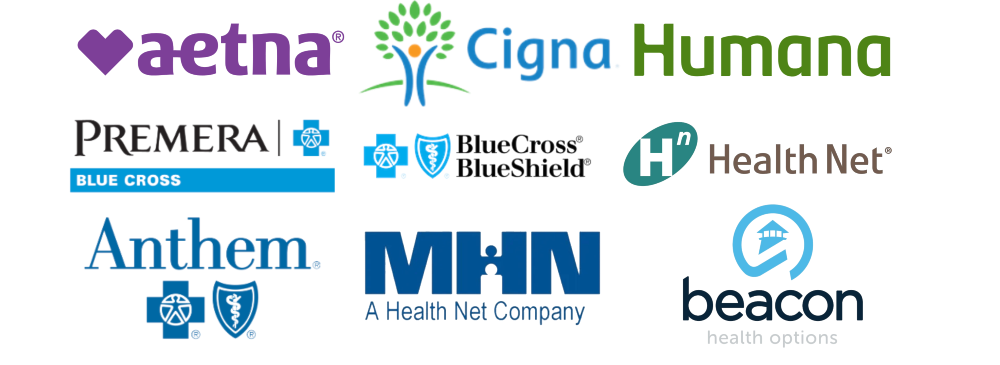Opioid Rehab In Riverside County
Shahida's Place
We offer individualized, residential addiction treatment in Corona, California.
Opioid addiction is a serious problem in the United States. Every year tens of thousands of people die due to opioid use disorder.
This wasn’t always such a problem, however. Opioid abuse has sparked dramatically since the late 1990s. The recency of this crisis has left many hopeful that with the right opioid rehab facilities promoted, we can reverse the opioid epidemic.
If you or a loved one is suffering from opioid addiction, it’s important that you/they get treatment soon.
Opiates vs. Opioids
Often, the words “opiate” and “opioid” are used interchangeably. However, in order to understand addiction properly, you’re going to need to get more specific than this.
Here’s an easy way to remember the difference in categories: All opiates are opioids, but not all opioids are opiates.
“Opioid” is a general category, referring to all of the products of opium, whether they’re synthetic, naturally occurring, or semi-synthetic. “Opiate” is a type of opioid that only refers to naturally-occurring opium substances.
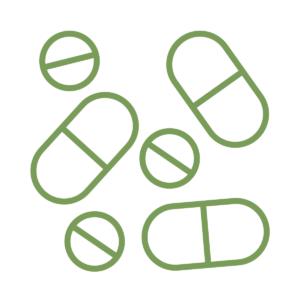
Opiates naturally occur in opium. They come from the poppy plant, and they were not synthesized in a lab.
Codeine and morphine are popular opiates, and they’re often found in pain pills. Many people don’t realize that these substances are naturally occurring. However, the fact that they’re natural doesn’t mean they’re not potent.
Many popular opioids, such as heroin, oxycodone, hydrocodone, and hydromorphone are semi-synthetic. It’s not quite correct to refer to them as “synthetic opioids” or “opiates”, so generally, “opioids” works well to refer to them.
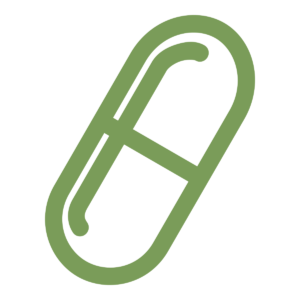
However, heroin has such a culture and history of its own that it’s best to refer to one suffering from heroin addiction as suffering from heroin addiction. Saying they’re “addicted to opioids” won’t paint the full picture.
The other type of opioids is full synthetic opioids. Examples of these are fentanyl and buprenorphine. Fentanyl is currently receiving a lot of media attention as an extremely dangerous drug.
While the many different types of opioids often make opioid addiction hard to understand. Fortunately, it doesn’t make treatment any more difficult. All types of opioids are synthesized by the body in similar ways, so treatment of different types of addictions is often similar.
Medication-Assisted Rehab
For Opioid Addiction
Opioid addictions are tough to face. The substances that a person is addicted to are often so powerful that their body can’t bear to be without them. This is why people who first enter rehab often need medication to help them get over the first part of withdrawal.
Medication-assisted rehab is an important step in a detox program. Suboxone is perhaps the most popular treatment option for those addicted to opioids.
A good suboxone treatment includes opioid replacement therapy. This weans a person off their opioid addiction by introducing them to other, less dangerous substances.

Two of the most popular substances are naloxone and buprenorphine.
Naloxone is an opioid antagonist which reverses overdoses and reduces the euphoric effect of opioids.
Buprenorphine is also a partial opioid antagonist, which produces a much less euphoric feeling than full opioid agonists and helps patients detox with fewer withdrawal symptoms.
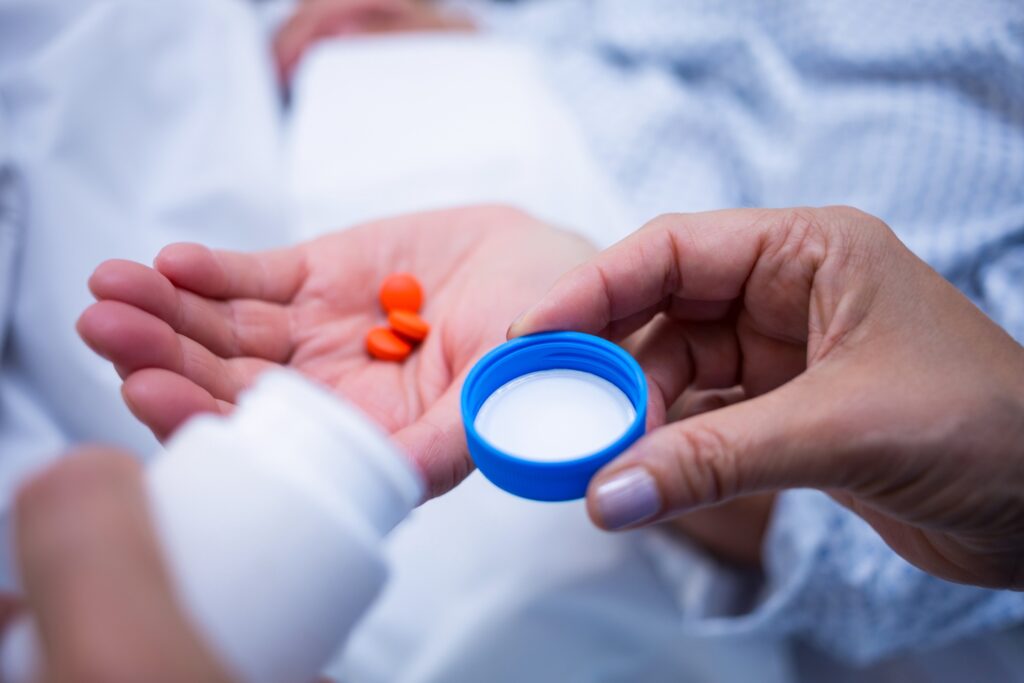
Reducing detox symptoms is important in making rehab feel less uncomfortable for patients. Without reducing detox symptoms in this way, patients might feel demoralized and relapse.
We do not do long-term opioid replacement therapy as one of our many services. We also don’t offer methadone, which many people develop addictions to.
We only use opioid replacement tactics during the detox period to reduce withdrawal symptoms and cravings. This increases the chance someone will complete the program.
Further Treatment
For Opioid Addiction
We don’t focus all of our attention on the detox stage, however. Detox is only one of the first steps in a long journey to recovery from opioid addiction.
Those attending our rehab facility will also go through several different types of therapy. Individual therapy is offered to help people deal with individual personal problems that could have led to them developing drug addiction problems. Often mental health issues and substance abuse issues are intertwined, which is why we seek to treat them together.
Group therapy is offered to help patients connect to others like them and understand that they’re not going through the challenge of addiction alone. Those suffering from addiction are particularly adept at helping others through their addiction problems which makes group therapy an important part of healing.
On top of this, patients will also get drug counseling, which will seek to directly address their relationship to the substance they’re addicted to.
This three-pronged approach seeks to act as a sort of “holistic take” on dealing with drug addiction. The goal isn’t just to help people quit their addictions, but to help restore a sense of balance and equilibrium in their life.
Combining drug counseling with group therapy and individual therapy will extend rehab treatment beyond sobriety. It will also help patients understand more about their own mental health and how they fit into society.

From here, patients are able to make long-term health goals. They can also schedule appointments without outside professionals.
This puts patients on a path to success. The goal is not just to break the pattern of addiction. It’s to set patients on a sustainable path for their lives.
Start Opioid Addiction
Recovery In Riverside County Today
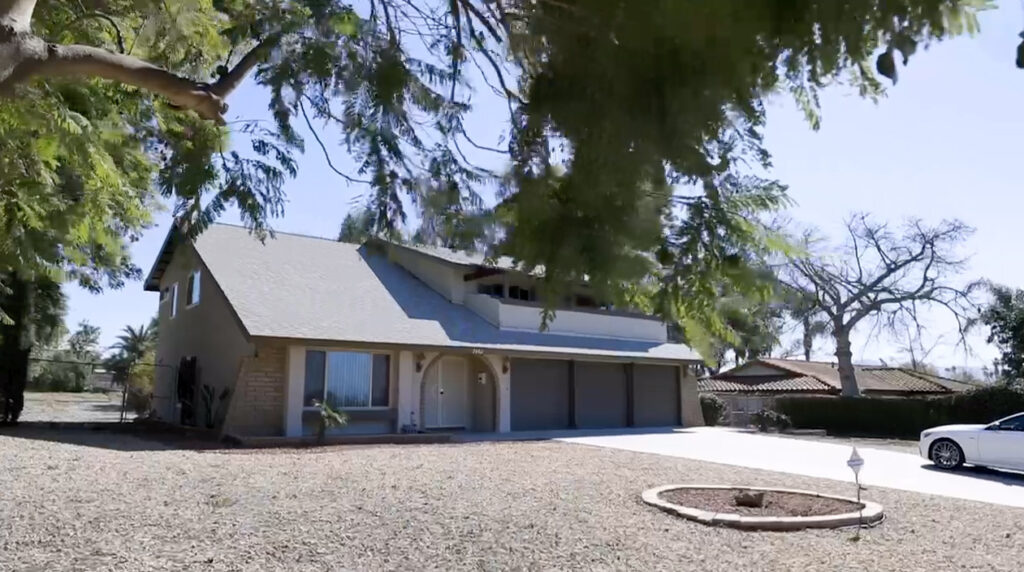
Opioid rehab is a difficult subject to understand. However, getting yourself familiar with several of the sides to this complex issue will help you choose the right option for you/your loved one.
For more information on rehab in Corona, CA, contact us today.
Contact Us For A Free Insurance Verification
We Are In-Network With
We Also Accept
